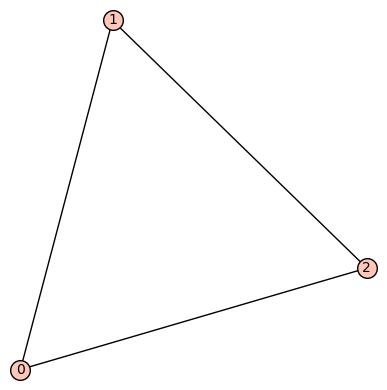Obtaining all connected simply laced graphs with Sage for GAP
I work with GAP and have not much experience with Sage. I wonder whether there is an easy way to obtain a program with Sage that gives as output a list of all directed simply laced acyclic connected graphs on n points up to equivalence that is readable for GAP (via the GAP-package QPA). I know that Sage can generate the list of such combinatorial collections in an easy way but I do not know how to present it in the needed output and how to obtain all restrictions on the graphs. With acyclic I mean acyclic as an directed graph (but in case this makes problems, you can also assume acyclic as undirected graphs).
Here a more detailed description of what the program should do:
Input: A natural number n >= 2.
Output: The list of directed simply laced acyclic connected graphs on n points up to equivalence. Here we call two such graphs equivalent in case they have the same underlying undirected graph (in case it is a problem to do it up to equivalence, we can first look at the problem without up to equivalence). It is not important what the concrete orientation of the arrows of a representative in an equivalence class is.
Note that graphs are also often called quivers. GAP reads those graphs as Quiver(n, [[p1, p2, "a1"], ...,[pm, pn, "ar"]]) where we name the points pi and the arrows between them as aj for some index sets i and j. (I hope it will be clear with the following examples).
Here how to output should look in the first 2 cases for n <= 3 so that it is readable for GAP:
n=2: [Quiver(2,[[1,2,"a1"]])];
n=3: [Quiver(3,[[1,2,"a1"],[2,3,"a2"]]),Quiver(3,[[1,2,"a1"],[2,3,"a2"],[1,3,"a3"]])]; (note for example here here that the quiver Quiver(3,[[1,2,"a1"],[2,3,"a2"]]) is equivalent to the quiver Quiver(3,[[1,2,"a1"],[3,2,"a2"]]) since they are equal when looking at their undirected graphs)
So for n=2 there is one equivalence class, while for n=3 there are two (so that for n=3 the output is a list of two elements readable by GAP).



